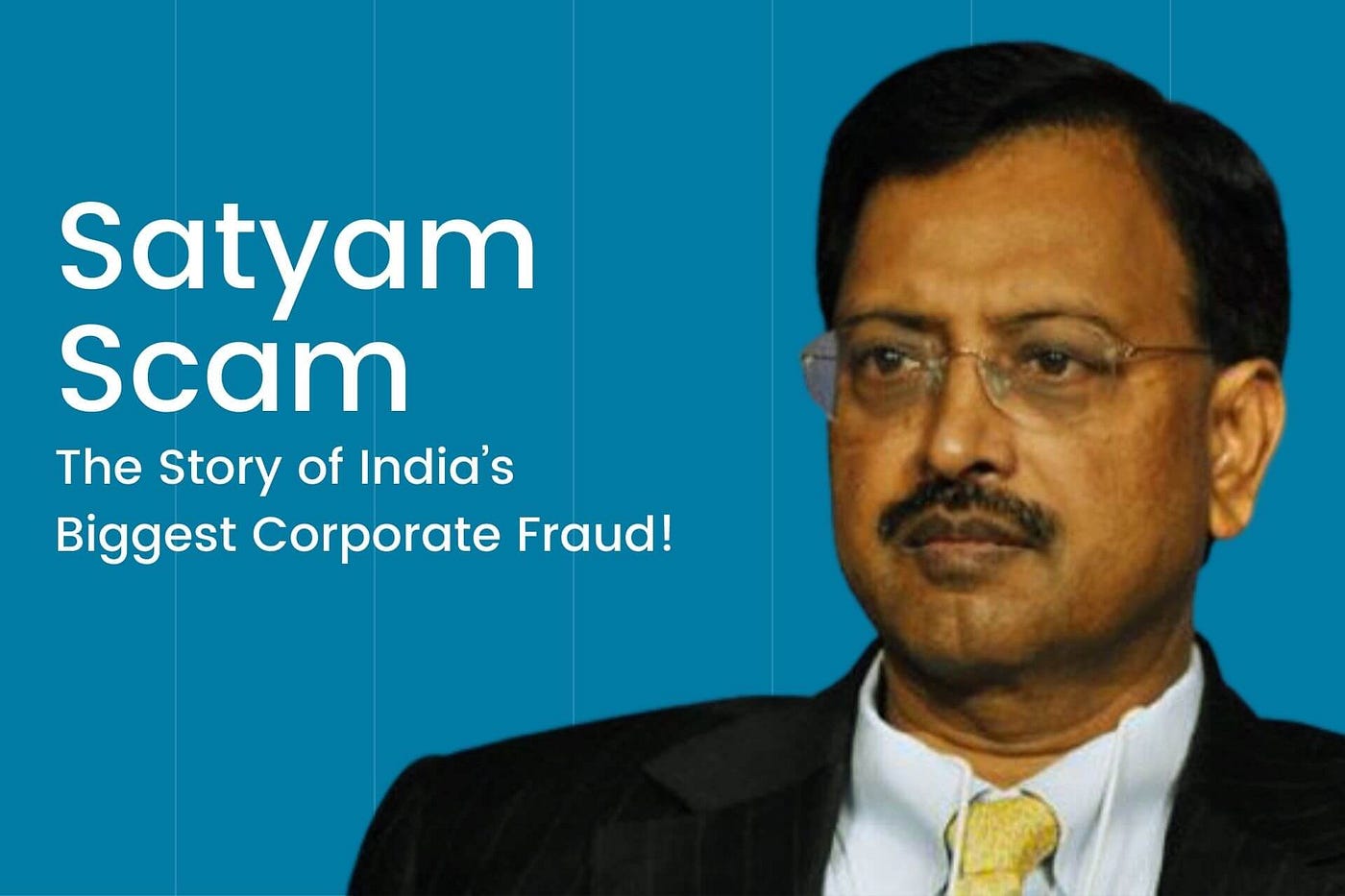Introduction
The Satyam Scandal stands as one of the most notorious corporate fraud cases, revealing deep flaws in governance and audit practices. This article explains what happened, how similar scams can be detected, and what measures you can adopt online to protect yourself.
The Satyam Scandal: A Detailed Overview
What Happened?
In 2009, Satyam Computer Services, once a leading Indian IT firm, was exposed for engaging in massive financial manipulation. Key points include:
- Fraudulent Accounting: The company’s founder and chairman admitted to inflating profits, falsifying revenues, and padding the company’s balance sheets.
- Impact on Stakeholders: Investors, employees, and regulators were taken aback by the extent of the deceit, leading to a crisis of confidence in corporate practices.
- Regulatory Reforms: The scandal spurred significant changes, including stricter audit standards and enhanced oversight mechanisms within India’s corporate regulatory framework.
Anatomy of the Satyam Fraud
Key Elements of the Scam
Understanding how the Satyam fraud was orchestrated can help in spotting similar red flags elsewhere:
- Inflated Revenues: Fictitious transactions were recorded to falsely enhance the company’s financial health.
- Manipulated Balances: Assets and liabilities were misrepresented, concealing the true financial state.
- Weak Oversight: Insufficient internal controls and ineffective external audits allowed the scam to persist for years.
Lessons Learned
- Transparency is Crucial: Authentic financial statements should be clear, consistent, and verifiable.
- Importance of Independent Audits: Regular and thorough third-party audits can help prevent fraudulent practices.
- Need for Vigilant Regulation: Robust regulatory oversight is essential to protect stakeholders and maintain market integrity.
Red Flags: How to Spot Scam Indicators
Even though the Satyam Scandal is a high-profile case, many scams display similar warning signs. Here’s what to look for:
- Too-Good-To-Be-True Returns: Extraordinary profit promises with minimal risk are major red flags.
- Inconsistent Financial Reporting: Discrepancies in revenue or profit figures compared to industry norms warrant caution.
- Lack of Transparency: Companies that are vague about their financial details may be concealing unethical practices.
- Unusual Transactions: Frequent, unexplained transactions or complex financial dealings could signal manipulation.
- High-Pressure Tactics: Aggressive sales pitches or pressure to invest quickly are common traits of fraudulent schemes.
Essential Online Safety Measures
In addition to recognizing scam red flags, taking proactive steps online is key to avoiding fraud:
Best Practices for Online Security
- Use Secure Connections: Ensure websites use HTTPS and have valid security certificates.
- Enable Multi-Factor Authentication (MFA): Additional security layers help prevent unauthorized access.
- Regular Software Updates: Keep your system and antivirus software current to protect against vulnerabilities.
- Educate Yourself: Stay informed about common scams, phishing tactics, and social engineering techniques.
- Verify Before Investing: Research investment opportunities thoroughly by checking regulatory filings and seeking independent reviews.
- Monitor Financial Activity: Regularly review your bank and investment statements to catch any unusual transactions early.
- Be Wary of Unsolicited Offers: Avoid responding to unexpected emails or messages that promise high returns with little risk.
Tools and Resources
- Regulatory Websites: Refer to official sites, such as the Securities and Exchange Board of India (SEBI), for reliable information.
- Cybersecurity Solutions: Use trusted cybersecurity tools to monitor and protect your digital activities.
- Consumer Protection Agencies: Report suspicious activity to local consumer protection authorities if necessary.
Conclusion
The Satyam Scandal is a powerful reminder of the risks posed by corporate fraud and the importance of vigilant oversight. By understanding the red flags—such as unrealistic financial reports, lack of transparency, and aggressive sales tactics—and by adopting strong online security practices, investors and everyday internet users can greatly reduce their risk of falling victim to similar scams.
Staying informed, verifying financial data, and implementing robust cybersecurity measures are essential steps toward creating a safer and more transparent online environment.














